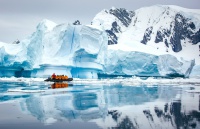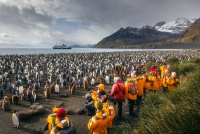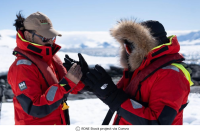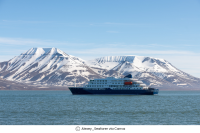-
6 Iconic Points in Antarctic Peninsula and What Made Them Famous
The Antarctic Peninsula stands out as a truly remarkable and pristine region on our planet, boasting a unique mix of breathtaking landscapes and incredible wildlife. Being a top choice for polar explorations, the Peninsula reveals the unfiltered beauty and harsh conditions of Antarctica.
This article delves into six renowned spots on the Antarctic Peninsula, each celebrated for its distinct characteristics and historical importance. Whether you are a passionate adventurer or a curious explorer, these locations guarantee an unforgettable journey through the core of the icy continent. Let's explore the reasons behind their iconic status and why they are a must-see on your Antarctic trip.
1. Lemaire Channel
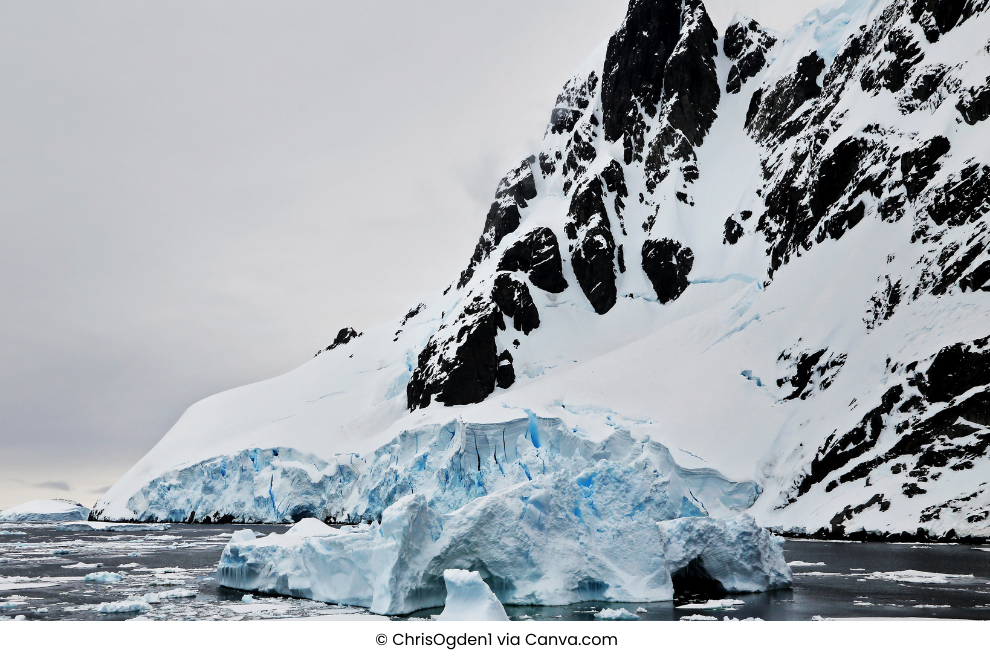
About: Popularly known as the "Kodak Gap," the Lemaire Channel captivates with its narrow passage flanked by towering cliffs dusted with snow. The channel's still waters reflect the grandeur of nearby glaciers and icebergs, creating a photographer's paradise and a serene spectacle for all who sail through its icy waters.
Famous For: The Lemaire Channel holds historical significance as well, as it was first discovered by the Belgian Antarctic Expedition led by Adrien de Gerlache in 1898–1899. It was named after Charles Lemaire, a Belgian explorer who took part in the expedition.
Rethinking Travel: The Lemaire Channel is a protected area under the Antarctic Treaty System. Designated as a specially protected area (ASPA), the channel is preserved to be enjoyed by future generations.
2. Port Lockroy
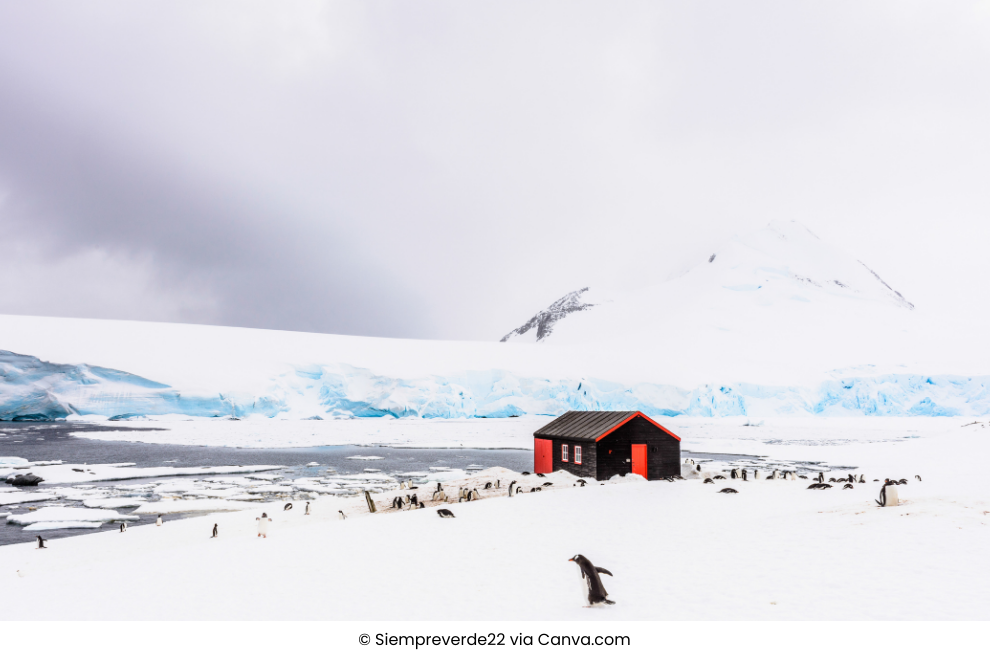
About: Nestled on Goudier Island, Port Lockroy was built in 1944 during the second World War and continued to serve as a British Research Station until January 1962. Much later in 2006, it was restored as a museum and post office. Visitors get to explore the base’s artifacts, get awestruck by the colonies of gentoo penguins, and send postcards from the southernmost post office in the world!
Famous For: The buildings at Port Lockroy have been carefully restored and preserved to maintain their historical significance. Visitors can explore the original living quarters, laboratories, and other facilities used by the British research expedition members during their time on the island.
Rethinking Travel: The port continues to serve as a site for scientific research and collects data to observe the effect of tourism on penguins. They also study climate change, wildlife populations, and environmental conservation in the Antarctic region.
3. Paradise Bay

About: Paradise Bay is like a frozen paradise, with big glaciers flowing into deep blue waters full of giant icebergs. It's a great place for animal lovers, where you can see playful seals, majestic whales, and lots of seabirds flying above the icy cliffs.
Famous For: Its breathtaking natural beauty, wildlife diversity, and opportunities for tranquil zodiac cruises and kayaking adventures amidst stunning icy landscapes makes Paradise Bay a popular destination amongst adventurers!
Rethinking Travel: Research stations and tour operators in Paradise Bay follow strict waste management rules in the Antarctic Specially Protected Area (ASPA). They collect, sort, and recycle or remove all waste to keep the environment clean. Guidelines are in place to keep visitors a safe distance from wildlife, reducing disturbance and protecting habitats.4. Deception Island

About: With its hauntingly beautiful volcanic landscapes, Deception Island is steeped in history and intrigue. Visitors can explore the remains of abandoned whaling stations and research outposts, and contemplate the island's thunderous past as a hub of Antarctic exploration and industry.
Famous For: Its intriguing horseshoe shape, historical relics, and unique thermal springs at Pendulum Cove, offering a glimpse into Antarctica's complex human and natural history is what makes this island unique.
Rethinking Travel: Guidelines and regulations on Deception Island manage tourism to minimize environmental and cultural impacts. This includes limits on visitor access, group size, and educational programs for responsible behavior.
5. Cuverville Island
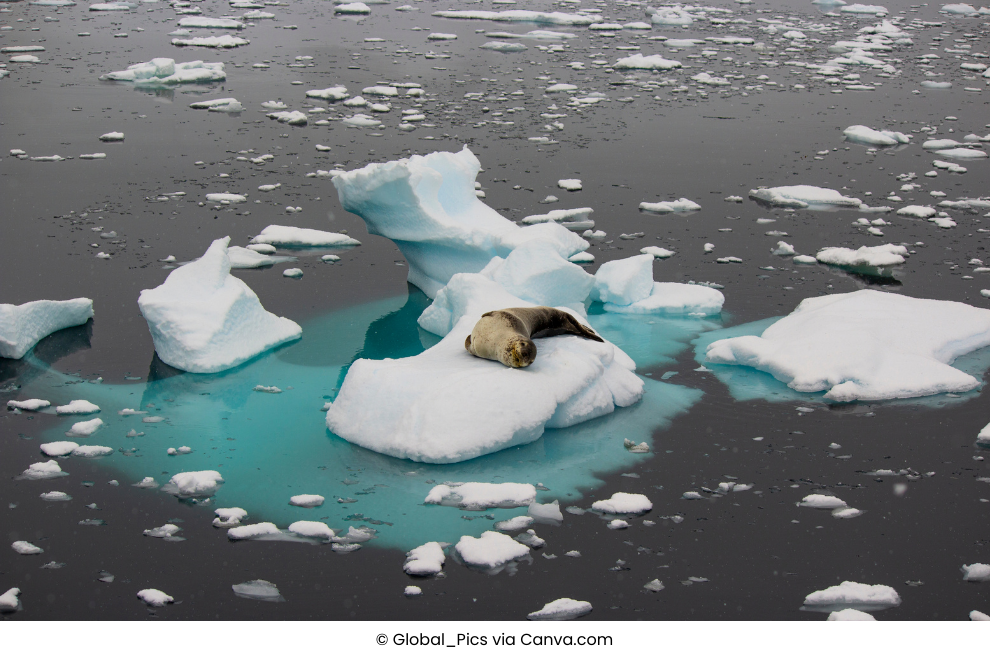
About: Cuverville Island offers stunning coastal landscapes, including rugged cliffs, icy shores, and scenic vistas of surrounding glaciers and mountains. Visitors can enjoy wildlife sightings such as penguins, seals, seabirds, and occasionally whales in the waters around the island.
Famous For: Home to one of Antarctica's largest Gentoo penguin colonies, makes it a must-visit destination for penguin enthusiasts and nature photographers. Visitors can witness these charismatic birds waddling along icy shores, and tending to their nests.
Rethinking Travel: Cuverville Island practices sustainable tourism by limiting visitor numbers, with only one vessel allowed to land at a time, reducing disturbance to wildlife and habitats. Collaboration with scientific organizations has led to important research on penguin populations and environmental changes, contributing to conservation efforts in Antarctica.
6. Snow Hill Island

About: A remote and rugged island located in the Weddell Sea. In November you can watch how masses of emperor penguins waddle across the ice of Snow Hill Island. Their destination is the sea, to go hunting for fish. It is by far one of the most impressive sights in Antarctica.
Famous For: Apart from the colonies of emperor penguins, Snow Hill Island is also notable for its challenging terrain and remote location, requiring specialized expeditions for access!
Rethinking Travel: Only specialized expeditions with permits are allowed to visit the island, ensuring minimal impact on wildlife and habitats. Tour operators follow protocols such as maintaining a safe distance from wildlife, avoiding littering, and practicing responsible behavior.
The Antarctic Peninsula might sound as an impossible destination, but such iconic attractions make it truly desirable! Head to Exploring Antarctica: First Timer’s Guide to the Last Frontier and together let's make this destination a possible one!
Ready to embark on your next adventure? Fill out the form below and let our experts curate your dream getaway!
All Fields are mandatory*-
Related Tours
-
Recent Blogs
-

